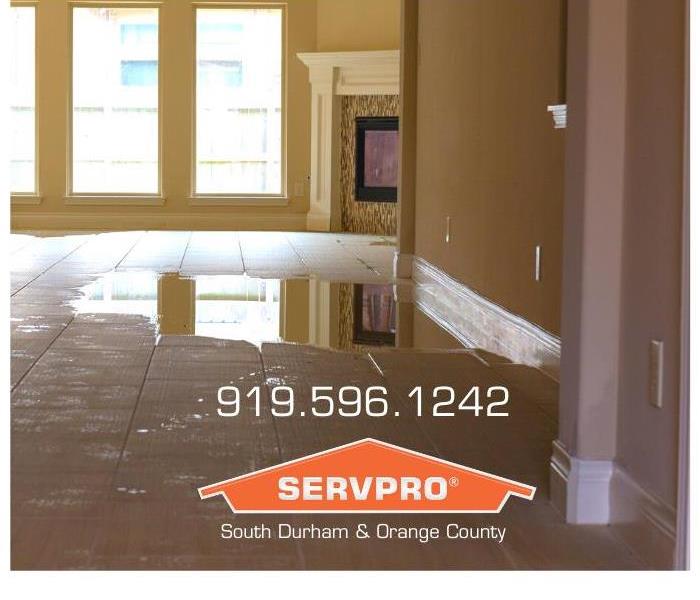The Correlation between Primary and Secondary Water Damage
5/25/2021 (Permalink)
Any water intrusion that occurs within a home or commercial building has an immediate effect on building materials and can potentially have a secondary effect as well. The immediate impact a water intrusion has on building materials is known as primary damage. Primary water damage is caused by the direct impact of water on the building material. Secondary water damage is caused by the impact that water has on the material over time.
An example of primary water damage is discoloration of a building material when it comes in contact with water. Another example of primary damage is the crumbling of plaster or drywall due to water saturation.
An example of secondary water damage is the loss of structural integrity and microbial growth. Wood when it stays wet for an extended period will rot and organic building materials when they are exposed to water over an extended period, as little as seventy-two hours, will develop mold or microbial growth.
Even when the water is not in direct contact with the materials the moisture content in the air can cause secondary damage to hygroscopic or water loving, building materials. Elevated humidity or humidity levels in excess of 60% are conducive to mold growth which will impact porous or hygroscopic building materials like drywall, carpet, and wood. For the aforementioned reasons, proper mitigation is an urgent necessity. A professional water damage company can help minimize the damage caused by a water intrusion and prevent secondary damage by establishing a proper drying system. If you experience a water intrusion, call SERVPRO of South Durham and Orange County at 919-596-1242.






 24/7 Emergency Service
24/7 Emergency Service
